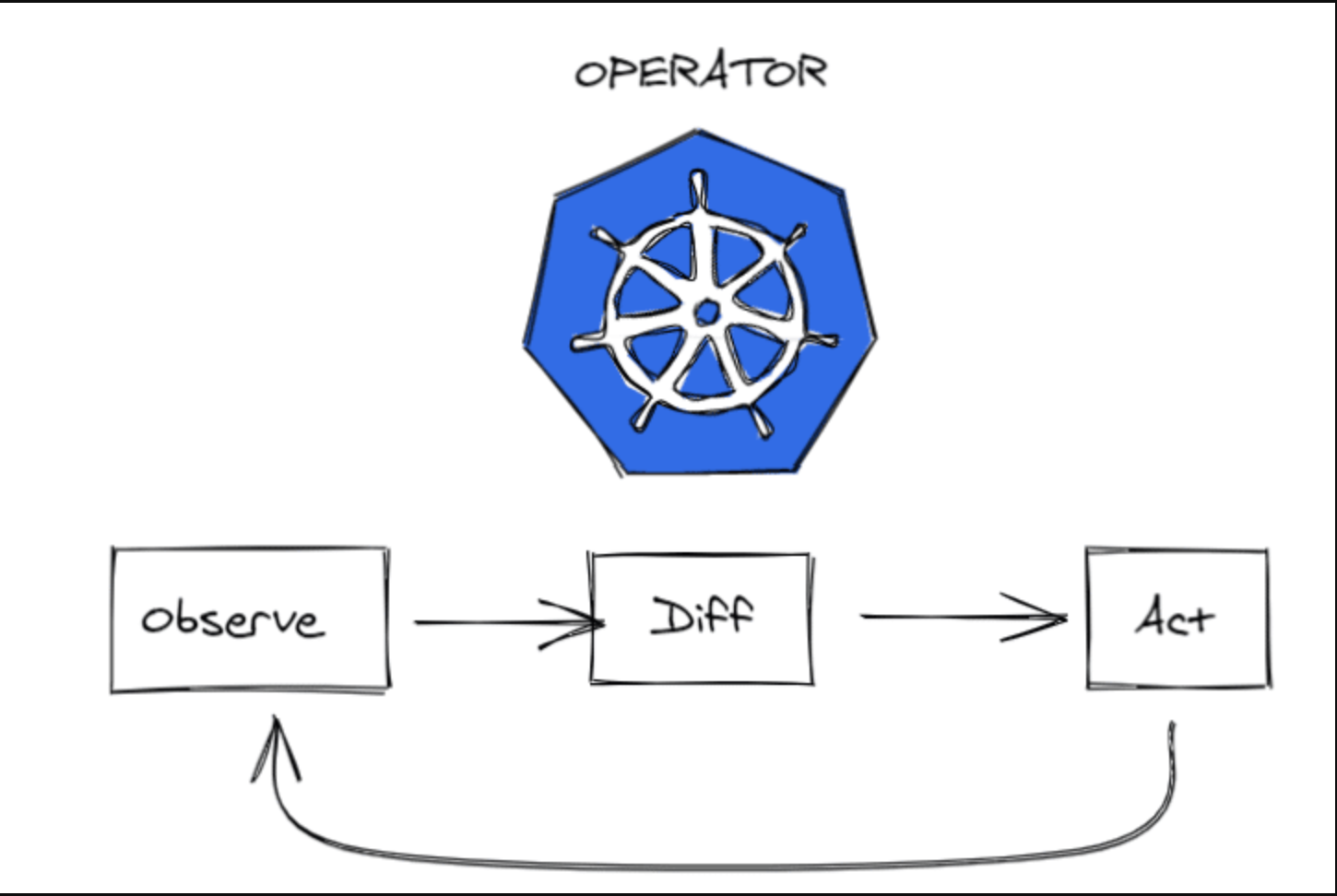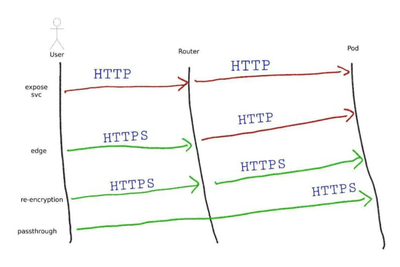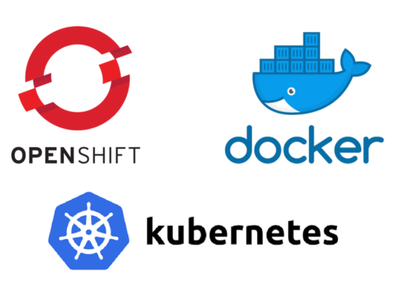How to handle Operators the easy way
Learn how to manage OpenShift Operators effortlessly. This post covers installing, updating, and using Operators to automate application lifecycle management with ease.

What Are OpenShift Operators?
Ever wished managing applications on Kubernetes could be easier? That’s exactly where OpenShift Operators come in. They take care of the heavy lifting when it comes to deploying, updating, and maintaining applications—so you don’t have to.
Think of Operators as smart assistants for Kubernetes. Instead of manually installing software, tweaking configurations, and keeping everything up to date, Operators do all of that for you. They use Custom Resource Definitions (CRDs) to extend Kubernetes’ functionality, making complex applications feel like native services.
With an Operator in place, you describe the desired state of your application, and Kubernetes makes sure that state is maintained—automatically. That means fewer headaches and more time to focus on what really matters.
Why Are Operators a Game-Changer for Automation?
We all love automation—who wouldn’t want to spend less time on repetitive tasks? Operators help in exactly that way by reducing operational complexity and ensuring applications run smoothly with minimal manual intervention.
Here’s why they’re a must-have:
- Easy Deployment – Operators handle installation and configuration, so you get consistent, error-free deployments.
- Smart Updates – No more manual patching! Operators can manage updates and rollbacks for you.
- Self-Healing Apps – If something breaks, Operators detect it and try to fix it before you even notice.
- Scaling Made Simple – Need more resources? Operators can scale applications automatically based on demand.
- Best Practices Built-In – They follow Kubernetes best practices, so you don’t have to worry about the nitty-gritty details.
In short, Operators are like having an experienced Kubernetes admin on autopilot—but without the overtime hours.
A Quick Look at Operator Lifecycle Management (OLM)
Now, managing Operators across different environments could get complicated, right? That’s where Operator Lifecycle Management (OLM) comes into play.
OLM is a built-in OpenShift tool that helps you:
- Easily install Operators via the OpenShift OperatorHub
- Manage versions—keeping Operators up to date (or rolling back if needed)
- Control access—defining which namespaces and users can interact with Operators
- Monitor health—keeping an eye on Operators to ensure they’re running smoothly
With OLM, you don’t have to manually track or maintain Operators—it takes care of it for you, ensuring a streamlined and hassle-free experience.
Prerequisites: What You Need to Get Started
Before we dive into deploying and managing Operators, let’s make sure you have everything set up correctly. In this section, we’ll cover the essential tools, access requirements, and how to prepare an OpenShift environment.
Required Tools and Permissions
To work with OpenShift Operators, you’ll need the following:
1. OpenShift CLI (oc)
The OpenShift CLI (oc) is the command-line tool for interacting with an OpenShift cluster. It allows you to deploy Operators, manage workloads, and configure the cluster.
2. Kubernetes CLI (kubectl) (Optional)
While OpenShift primarily uses oc, kubectl (the standard Kubernetes CLI) is sometimes useful for managing resources in a Kubernetes-native way. If you already have kubectl, it will work alongside oc.
3. OpenShift Cluster
You need access to an OpenShift cluster where you have sufficient permissions to install and manage Operators. If you don’t have a cluster yet, we’ll cover how to set one up in a moment.
4. Administrator or Operator Installation Rights
To install Operators, you need either cluster-admin privileges (for cluster-wide Operators) or namespace-specific permissions (for Operators limited to a single project/namespace).







Comments